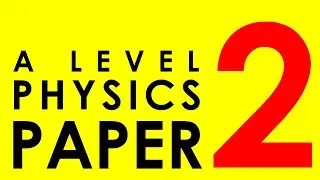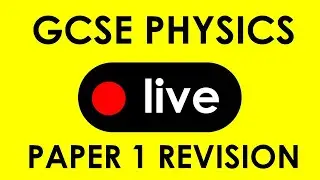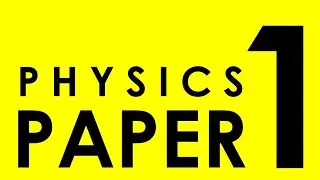Binary, Bits and Bytes - A Level Physics
This video introduces and explains binary, bits and bytes for A-level Physics.
The binary numbering system displays all numbers with just 1s and 0s, for example the number 4 in the decimal system is represented as '100' in the binary system. Binary digits are called 'bits' can be thought of as a 'bit' of information. The number of bits used is a measure of the number of alternative values. The number of alternatives is equal to the number of bits to the power of 2 i.e. N = 2^b. 8 bits gives us 256 alternatives, this is called a byte. The difference between bits and bytes is simply that 1 byte = 8 bits = 256 alternatives.
Thanks for watching,
Lewis
Relevant for A-level Physics in the following exam boards:
CIE
OCR B
_____________________________________
MY PHYSICS WEBSITES
Find even more videos organised by exam board and topic at:
GCSE Physics Online
► https://www.gcsephysicsonline.com
A Level Physics Online
► https://www.alevelphysicsonline.com
MY YOUTUBE CHANNEL
Your support in watching this video has been invaluable! To contribute towards the free videos on YouTube, make a small donation at:
► https://www.paypal.me/physicsonline
FOLLOW ME
► https://www.youtube.com/physicsonline...
► / physicsonline
► / gcseandalevelphysicsonline
#physicsonline































